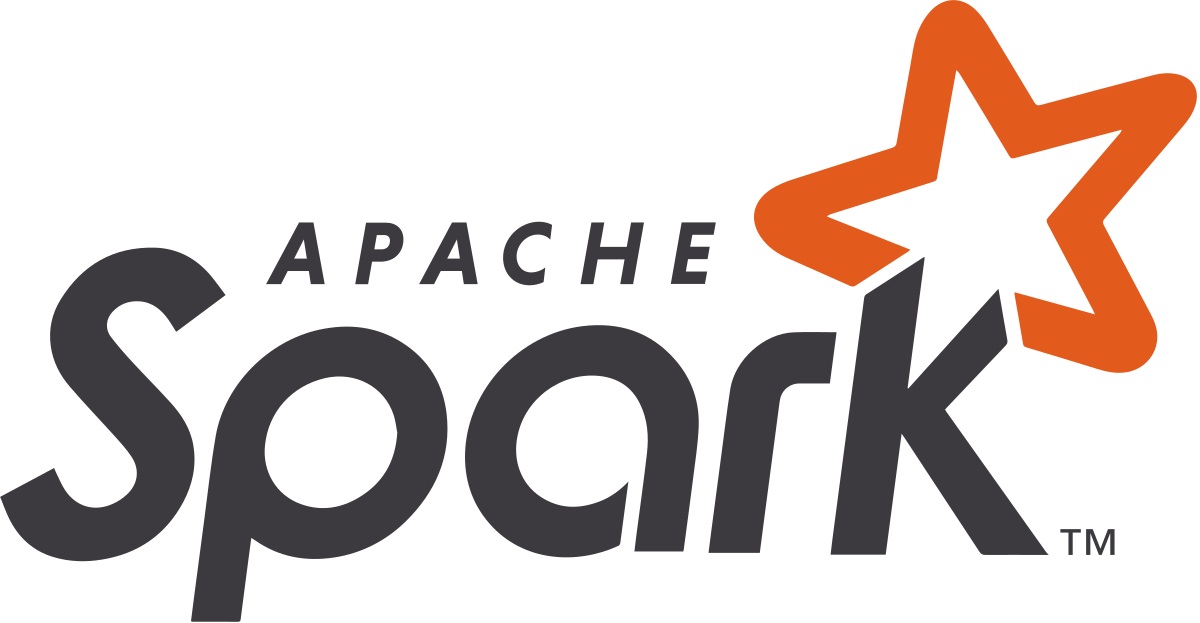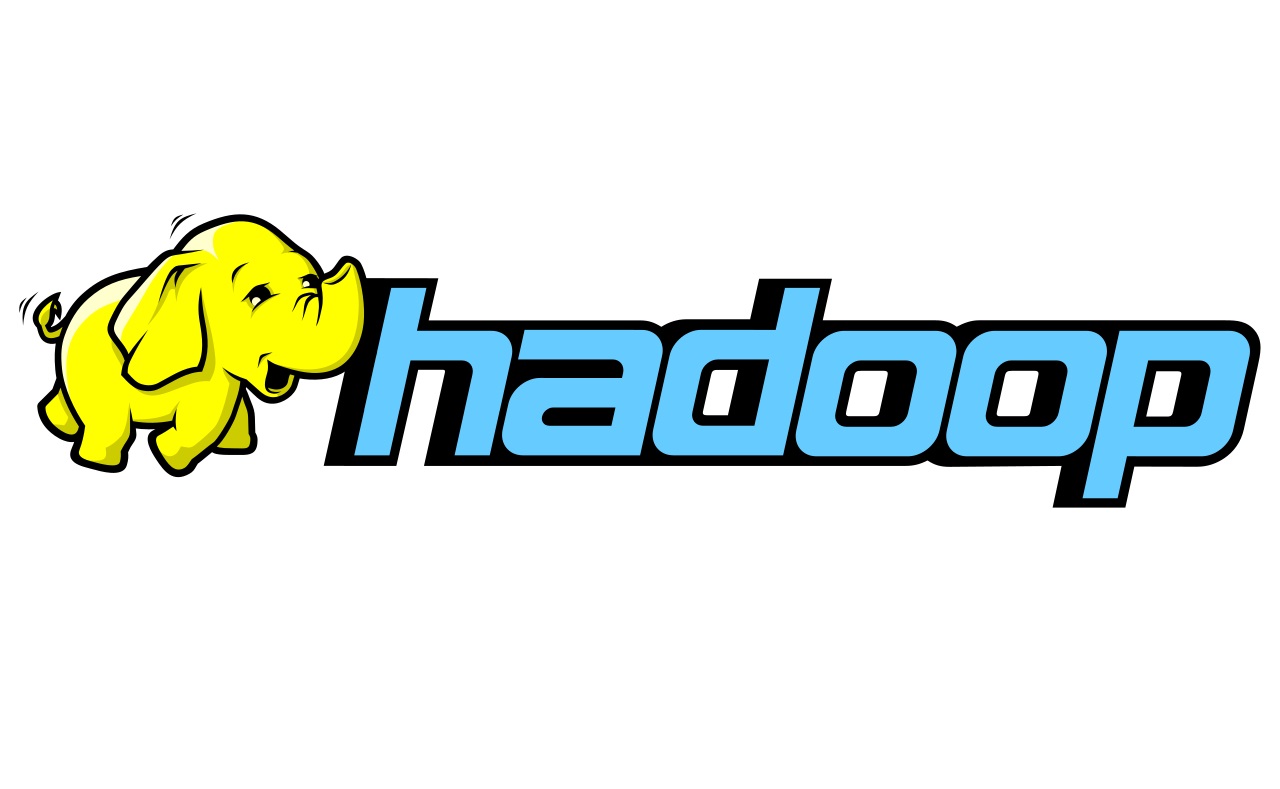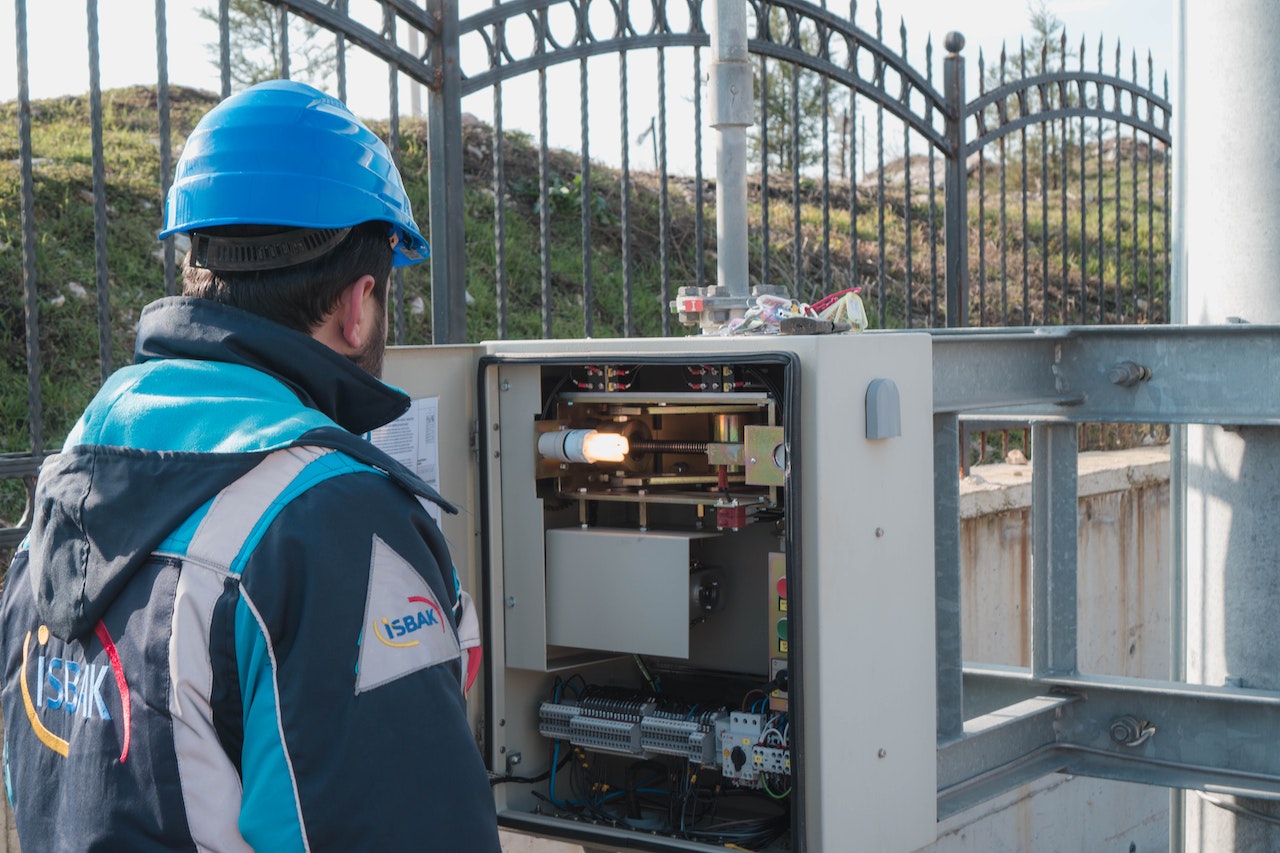All about Apache Cassandra DB
Published
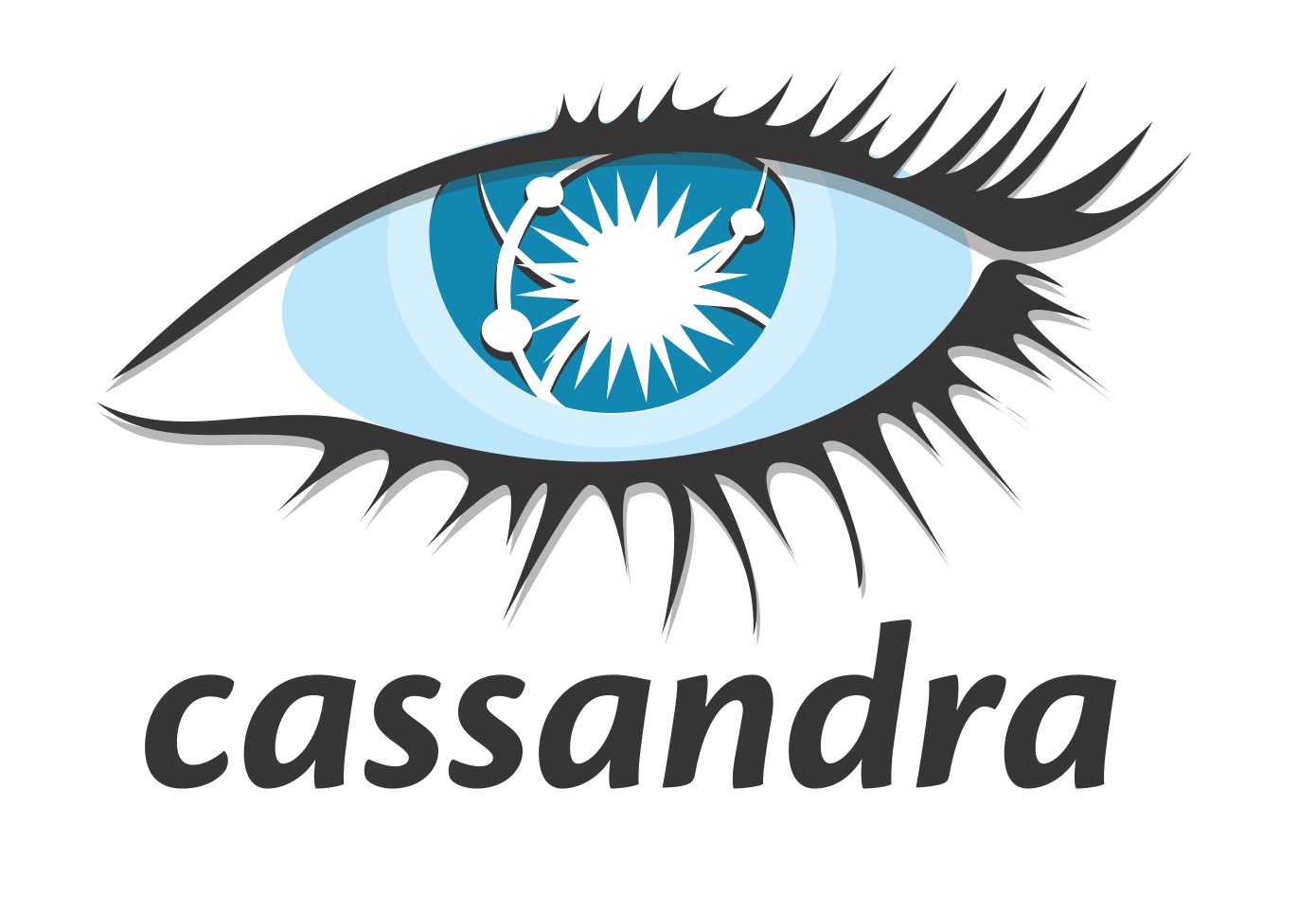
Apache Cassandra is an open-source, distributed database designed for horizontal scalability and high availability. It was developed by Facebook and later released as an open source project. Cassandra is a NoSQL database, meaning it is not based on the relational database model. Instead, it uses a key-value based data model and a query language called CQL (Cassandra Query Language), which is structured similarly to SQL.
Cassandra is designed for use in large, distributed systems where data is spread across hundreds or thousands of nodes across multiple data centers. It is designed to remain resilient to hardware or network failures while still providing high performance and scalability. Cassandra uses a peer-to-peer system for communication between nodes, which allows single node failures to be tolerated.
Cassandra also offers features such as automatic data replication, automatic data partitioning, and column family support, allowing users to organize and group data according to various criteria. Cassandra can also be integrated with other big data tools such as Apache Hadoop and Apache Spark.
Overall, Apache Cassandra is a powerful, scalable, and highly available NoSQL database designed for use in large, distributed systems.
What makes Apache Cassandra DB different?

Those: openlogic.com
Apache Cassandra has the following features:
- Scalability: Cassandra is designed to scale horizontally, meaning it can easily run on hundreds or thousands of servers. Cassandra's scalability is based on its ability to automatically partition and distribute data across different nodes.
- High availability: Cassandra is designed to remain resilient even in the event of hardware or network failures. It uses a peer-to-peer system for communication between nodes, which allows individual node failures to be tolerated.
- Performance: Cassandra offers high performance when processing large amounts of data. It uses a key-value based data model that allows data to be retrieved and stored quickly.
- Flexibility: Cassandra is a NoSQL database and supports a wide range of data formats and data types. It also offers flexible data modeling that allows users to organize and group data in various ways.
- Automatic Replication: Cassandra offers automatic data replication, meaning data is automatically stored across multiple nodes to ensure resiliency and redundancy.
- Easy Integration: Cassandra can be easily integrated with other big data tools such as Apache Hadoop and Apache Spark.
Overall, Apache Cassandra offers a powerful, scalable and highly available NoSQL database with high performance, flexibility and automatic replication.
What systems is Cassandra DB compatible with?

Those: ksolves.com
Apache Cassandra is compatible with a wide range of systems and technologies. Some of the most important are:
- Apache Hadoop: Cassandra can be seamlessly integrated with Apache Hadoop to create a powerful big data solution. By integrating Cassandra and Hadoop, users can read and write data from Cassandra and then perform complex analysis using Hadoop.
- Apache Spark: Cassandra is also compatible with Apache Spark, allowing users to perform complex data processing tasks. Users can load Cassandra data directly into Spark and then perform complex analysis, machine learning, and other tasks.
- Apache Solr: Cassandra can also be integrated with Apache Solr to create a powerful search functionality. The Cassandra and Solr integration allows users to run fast and scalable searches on their data.
- Node.js: Cassandra also provides a Node.js driver library that allows users to build Node.js applications using Cassandra. This library allows users to read and write data from Cassandra while taking advantage of Node.js.
- Apache Thrift: Cassandra uses Apache Thrift as its standard interface, allowing users to access Cassandra data from a variety of programming languages.
Overall, Apache Cassandra is compatible with a wide range of systems and technologies, allowing users to build powerful and scalable big data solutions.
How easy is it to scale Cassandra DB?
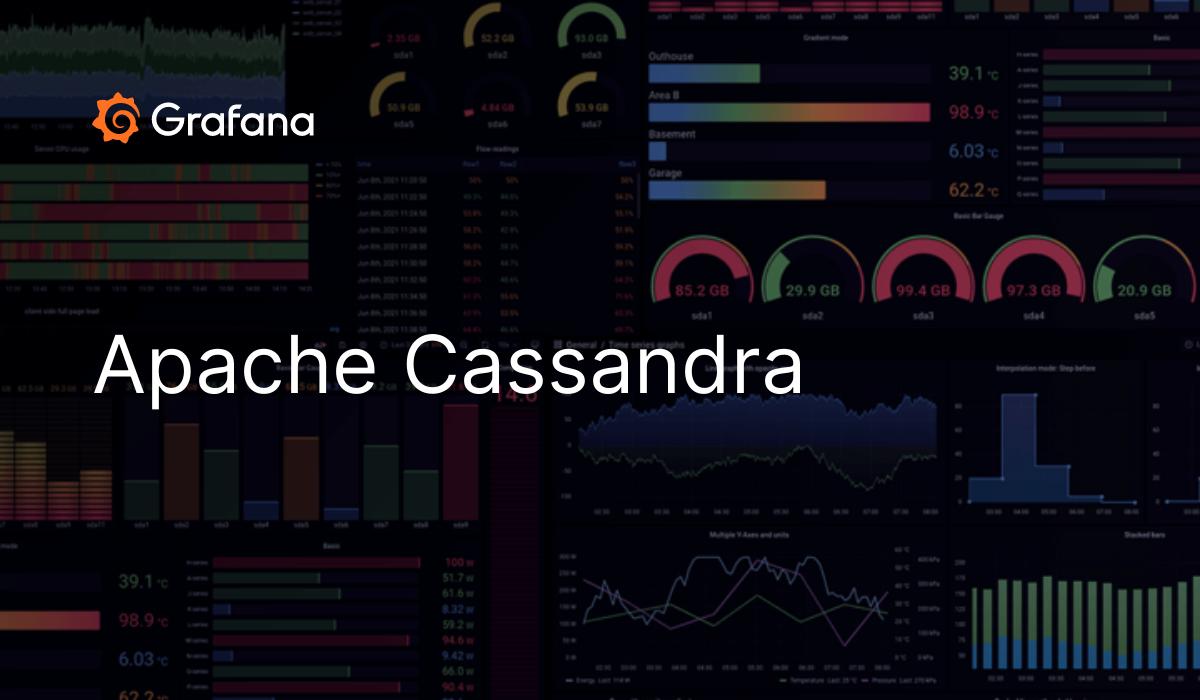
Those: grafana.com
Scaling Cassandra is comparatively easy compared to other relational database systems. Cassandra was designed to be horizontally scalable, meaning it is easy to add new nodes to increase performance and capacity. Cassandra uses a so-called “ring model” that allows data to be distributed across different nodes and partitioned automatically.
Adding nodes to a Cassandra cluster is a relatively simple process that typically only takes a few minutes. New nodes are simply added to the cluster and Cassandra automatically takes care of dividing the data between the new nodes.
There are two ways to scale Cassandra: vertically and horizontally. Vertical scaling refers to adding more resources to a single node to increase its performance. Horizontal scaling, on the other hand, means adding more nodes to a cluster to increase capacity and performance.
Since Cassandra is designed to scale horizontally, horizontal scaling is the preferred method. By adding more nodes, users can easily increase the capacity and performance of their Cassandra cluster by spreading the load across multiple nodes.
Overall, scaling Cassandra is a relatively simple process that allows users to quickly and easily increase their capacity and performance to respond to increasing data volumes and user demands.
What is the difference between Cassandra DB and MongoDB?
Cassandra DB and MongoDB are both NoSQL databases designed to manage unstructured data. Although they share some similarities, there are also some important differences between the two databases:
- Data Model: The data model approach differs between Cassandra and MongoDB. Cassandra is a key-value based database where data is organized into families of columns. MongoDB, on the other hand, is a document-oriented database model where data is organized into documents.
- Scalability: Both databases are scalable, but the approach is different. Cassandra is specifically designed for horizontal scaling and can easily scale to thousands of nodes. MongoDB can also scale horizontally, but it is more difficult than Cassandra.
- Resilience: Cassandra is designed for high availability and resilience and can therefore work with multiple data centers. MongoDB is also resilient, but not as robust as Cassandra.
- Query Language: Cassandra uses its own query language called Cassandra Query Language (CQL). MongoDB supports queries in JSON-like syntax.
- Intended Use: Cassandra is often used for applications that require high performance and resiliency, such as: B. Real-time analytics and IoT applications. MongoDB is often used for applications that need to be flexible and require frequent changes to the data structure, such as: B. Content management systems and mobile applications.
In summary, Cassandra is designed for high availability and horizontal scalability and is often used for applications with high performance and resiliency requirements. MongoDB, on the other hand, offers flexible data modeling and is often used for applications with frequent changes to the data structure.
